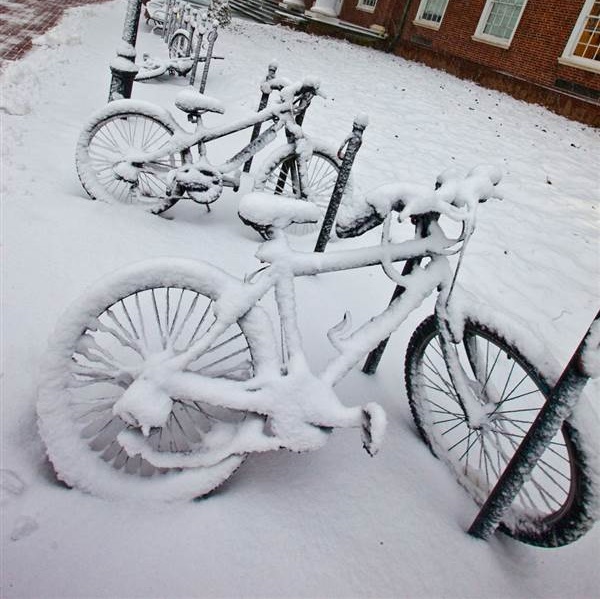Tag: #Nationalbikeregistry
-

Outside Bike Storage: Preserving its Condition While Battling Mother Nature
If you’re like the many people who ride bikes, you may have selected or been forced to use outside bike storage where your bicycle has to fend for itself in all the weather elements. It’s nothing to be ashamed of, especially since many people don’t have a place to store their bikes inside.
